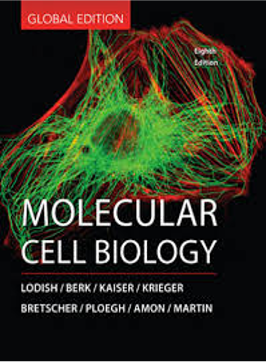
The aim of this module is to provide a detailed view of human cell structure and function as a basis to explore the principles of cellular pathology. We begin with the ultrastructure of the nucleus before reviewing the role of the cytoskeleton in cellular and subcellular movement and in the determination of cell shape. We will also look at how cells communicate and explore the range of cytoplasmic signal transduction pathways. The regulation of cell division and cell death is critical for the normal development of multicellular organisms and for tissue maintenance in the adult and the loss of regulation of these processes ultimately leads to cancer. The second half of the course will focus on the cellular changes that result in cancer development, and will examine a variety of different cancers, including breast, cervical, colorectal and lymphomas. This will include diagnosis, prognosis, ethics of screening and regulations involving collection and storage of tissue samples.
Learning outcomes:
At the end of this module students will need to be able to:
1. explain the structural organisation of the nucleus and the role of nuclear and chromosomal organisation in gene expression and cell division;
2. describe the molecular composition of the cytoskeleton and show how it influences cell shape, cell movement and cell-cell interactions;
3. describe how cells integrate endogenous messages and signals from the environment to regulate growth, proliferation and cell death in normal and pathological conditions;
4. explain the principles and practice of histological screening, with an emphasis on changes observed in pathological conditions and diagnosis;
5. carry out a range of laboratory procedures used to study normal and abnormal cells and tissues.
- Module Supervisor: Angela Pine